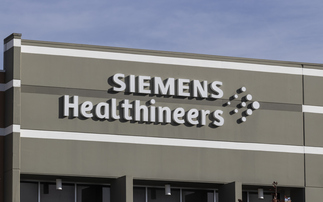Pension Insurance Corporation has reiterated its call for the establishment of a new consolidation vehicle, run by a not-for-profit agency, to target smaller underfunded schemes with weak sponsors.
The insurer's proposal - which it first mooted last summer - would create a consolidator into which smaller schemes with weak sponsors who are underfunded on a s179 basis would be compulsorily transferred. It said such an entity could possibly be overseen by the Pension Protection Fund (PPF).
It said compulsion could be justified on the basis these schemes present a direct risk to the PPF and relevant employers have failed to get scheme funding to an acceptable level in the thirteen years since the introduction of the lifeboat fund.
PIC said other schemes would be able to transfer into this scheme on a voluntary basis.
The insurer said the creation of such a not-for-profit agency would, if taking a lead from the PPF, have immediate economies of scale, a comprehensive risk-based framework, a well-developed governance framework and a proven investment track record.
It added that this sort of consolidator could operate with the objective of optimising the outcomes for members' benefits that are most at risk, and manage the liabilities to better protect the PPF from scheme failures.
In addition, PIC added that employers would benefit from more efficient management and investment of their pension scheme liabilities and assets, as well as reduced PPF levies - something that would directly benefit the employer in terms of reduced costs and management time.
PIC chief executive Tracy Blackwell said: "We believe that the right way to address the actual problem of sub-scale and underfunded defined benefit pension schemes being unable to fully meet their pension promises to members is to create a not-for-profit entity, perhaps overseen by the PPF.
"This will provide robust oversight, a tried and tested governance structure, high levels of security with the link to the sponsoring company retained, and real economies of scale to help ensure that the members of these schemes are the main beneficiaries."
How PIC thinks such a consolidator could operate
- Funding basis: The same as the funding basis used by the PPF and consistently applied to every consolidated scheme
- ALM strategy: Consistent with PPF asset-liability matching strategy
- Link to the employer: Remains in place with the employer responsible for deficits
- Scheme management: Run on sectionalised basis, but with a central resource for governance, administration, risk management and asset/liability management
- Funding schedules: Negotiated individually with each employer on the basis of affordability
- Legal structure: Possibly a statutory corporation or master trust structure
- Scheme benefits: As per the original scheme, possible with some simplification
- PPF Levy: Payable but at a reduced rate to reflect lower risk due to better governance and economies of scale









